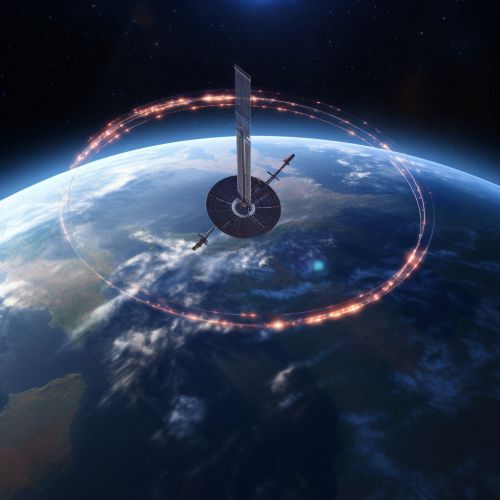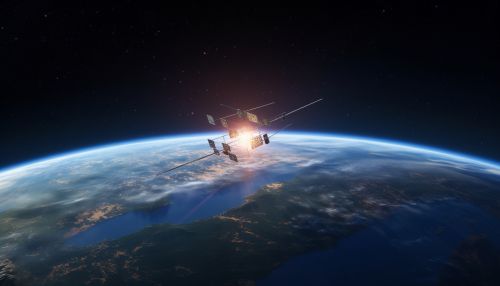Geocentric Orbits
Introduction
Geocentric orbits are orbits around the planet Earth. These orbits are central to the study of astronomy and space exploration. They play a crucial role in various aspects of human life, including satellite television, global positioning systems, and weather forecasting. This article will delve into the intricacies of geocentric orbits, their types, properties, and their significance in various fields.


Types of Geocentric Orbits
Geocentric orbits can be categorized into three main types: Low Earth Orbit (LEO), Medium Earth Orbit (MEO), and Geosynchronous Orbit (GEO).
Low Earth Orbit (LEO)
Low Earth Orbit (LEO) is an orbit around Earth with an altitude between 160 kilometers (99 miles) and 2,000 kilometers (1,200 miles). Satellites in LEO travel at high speeds, completing an orbit in approximately 90 to 120 minutes. This type of orbit is ideal for observation and imaging satellites because of its proximity to Earth.
Medium Earth Orbit (MEO)
Medium Earth Orbit (MEO) is an orbit around Earth with an altitude between 2,000 kilometers (1,200 miles) and 35,786 kilometers (22,236 miles). Satellites in MEO complete an orbit in a few hours. This type of orbit is commonly used by navigation and communication satellites.
Geosynchronous Orbit (GEO)
Geosynchronous Orbit (GEO) is an orbit around Earth where the satellite matches Earth's rotation. This means that the satellite appears to stay in the same spot in the sky, making it ideal for communication and weather satellites.
Properties of Geocentric Orbits
The properties of geocentric orbits are determined by the laws of physics, particularly Kepler's laws of planetary motion. These laws describe how planets and satellites move in their orbits.
Orbital Speed
The speed of an object in a geocentric orbit depends on its altitude. The closer the object is to Earth, the faster it needs to travel to resist Earth's gravitational pull.
Orbital Period
The orbital period is the time it takes for a satellite to complete one orbit around Earth. This period depends on the altitude of the orbit, with satellites in higher orbits having longer orbital periods.
Orbital Inclination
The orbital inclination is the angle between the plane of the orbit and the equatorial plane of Earth. This angle determines the path the satellite will take over Earth's surface.
Applications of Geocentric Orbits
Geocentric orbits have a wide range of applications in various fields, including communication, navigation, weather forecasting, and scientific research.
Communication
Communication satellites in geocentric orbits provide a wide range of services, including television broadcasting, telephone communication, and internet connectivity.
Navigation satellites in MEO, such as those in the Global Positioning System (GPS), provide accurate location and timing information, which is crucial for navigation on land, sea, and air.
Weather Forecasting
Weather satellites in GEO provide continuous monitoring of Earth's atmosphere, which is essential for weather forecasting and climate research.
Scientific Research
Geocentric orbits are also used for scientific research. For example, satellites in LEO are used to study Earth's atmosphere, while those in higher orbits are used to study the solar system and the universe beyond.
Conclusion
Geocentric orbits are a fundamental aspect of our modern world, playing a crucial role in communication, navigation, weather forecasting, and scientific research. Understanding these orbits and their properties is essential for the advancement of space exploration and the development of new technologies.
